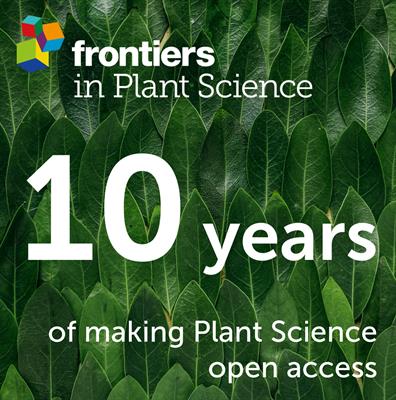细胞大小的差异影响中美洲和安第斯地区低等植物 Phaseolus vulgaris L. 的光合作用能力。
IF 4.1
2区 生物学
Q1 PLANT SCIENCES
引用次数: 0
摘要
叶片中二氧化碳通量的效率受到一些结构和生化障碍的阻碍,这些障碍会影响整体净光合作用。然而,有关这些特征的遗传控制的信息非常匮乏,这限制了我们进行遗传操作的能力。我们在不同的光照和二氧化碳水平下,对中美洲豆和安第斯豆栽培品种三周大的植株进行了比较分析。在光饱和条件下,中美洲豆的光合速率、rubisco 羧化酶活性最大速率和光合电子传输最大速率均高于安第斯豆。基因型之间的叶片解剖比较显示,中美洲豆的细胞尺寸小于安第斯豆。与安第斯豆相比,中美洲豆的表皮细胞更小,因此气孔密度更高,对水蒸气和二氧化碳的气孔导度也更高。同样,与安第斯豆相比,中美洲豆的栅栏和海绵状叶肉细胞更小,增加了单位体积的细胞表面积,从而提高了叶肉传导率。最后,中美洲豆较小的细胞也增加了单位叶面积的叶绿素和蛋白质含量。总之,我们的研究表明,不同的细胞大小控制着整体的净光合作用,可作为遗传操作的目标来改善光合作用。本文章由计算机程序翻译,如有差异,请以英文原文为准。
Cell size differences affect photosynthetic capacity in a Mesoamerican and an Andean genotype of Phaseolus vulgaris L.
The efficiency of CO2 flux in the leaf is hindered by a several structural and biochemical barriers which affect the overall net photosynthesis. However, the dearth of information about the genetic control of these features is limiting our ability for genetic manipulation. We performed a comparative analysis between three-week-old plants of a Mesoamerican and an Andean cultivar of Phaseolus vulgaris at variable light and CO2 levels. The Mesoamerican bean had higher photosynthetic rate, maximum rate of rubisco carboxylase activity and maximum rate of photosynthetic electron transport at light saturation conditions than its Andean counterpart. Leaf anatomy comparison between genotypes showed that the Mesoamerican bean had smaller cell sizes than the Andean bean. Smaller epidermal cells in the Mesoamerican bean resulted in higher stomata density and consequently higher stomatal conductance for water vapor and CO2 than in the Andean bean. Likewise, smaller palisade and spongy mesophyll cells in the Mesoamerican than in the Andean bean increased the cell surface area per unit of volume and consequently increased mesophyll conductance. Finally, smaller cells in the Mesoamerican also increased chlorophyll and protein content per unit of leaf area. In summary, we show that different cell sizes controls the overall net photosynthesis and could be used as a target for genetic manipulation to improve photosynthesis.
求助全文
通过发布文献求助,成功后即可免费获取论文全文。
去求助
来源期刊

Frontiers in Plant Science
PLANT SCIENCES-
CiteScore
7.30
自引率
14.30%
发文量
4844
审稿时长
14 weeks
期刊介绍:
In an ever changing world, plant science is of the utmost importance for securing the future well-being of humankind. Plants provide oxygen, food, feed, fibers, and building materials. In addition, they are a diverse source of industrial and pharmaceutical chemicals. Plants are centrally important to the health of ecosystems, and their understanding is critical for learning how to manage and maintain a sustainable biosphere. Plant science is extremely interdisciplinary, reaching from agricultural science to paleobotany, and molecular physiology to ecology. It uses the latest developments in computer science, optics, molecular biology and genomics to address challenges in model systems, agricultural crops, and ecosystems. Plant science research inquires into the form, function, development, diversity, reproduction, evolution and uses of both higher and lower plants and their interactions with other organisms throughout the biosphere. Frontiers in Plant Science welcomes outstanding contributions in any field of plant science from basic to applied research, from organismal to molecular studies, from single plant analysis to studies of populations and whole ecosystems, and from molecular to biophysical to computational approaches.
Frontiers in Plant Science publishes articles on the most outstanding discoveries across a wide research spectrum of Plant Science. The mission of Frontiers in Plant Science is to bring all relevant Plant Science areas together on a single platform.
 求助内容:
求助内容: 应助结果提醒方式:
应助结果提醒方式:


